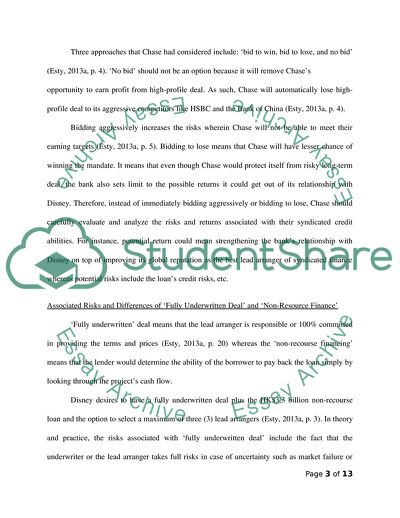Cite this document
(Chase's Strategy for Syndicating the HongKong Disney Loan Case Study, n.d.)
Chase's Strategy for Syndicating the HongKong Disney Loan Case Study. https://studentshare.org/business/1840205-chases-strategy-for-syndicating-the-hongkong-disney-loan
Chase's Strategy for Syndicating the HongKong Disney Loan Case Study. https://studentshare.org/business/1840205-chases-strategy-for-syndicating-the-hongkong-disney-loan
(Chase'S Strategy for Syndicating the HongKong Disney Loan Case Study)
Chase'S Strategy for Syndicating the HongKong Disney Loan Case Study. https://studentshare.org/business/1840205-chases-strategy-for-syndicating-the-hongkong-disney-loan.
Chase'S Strategy for Syndicating the HongKong Disney Loan Case Study. https://studentshare.org/business/1840205-chases-strategy-for-syndicating-the-hongkong-disney-loan.
“Chase'S Strategy for Syndicating the HongKong Disney Loan Case Study”. https://studentshare.org/business/1840205-chases-strategy-for-syndicating-the-hongkong-disney-loan.


